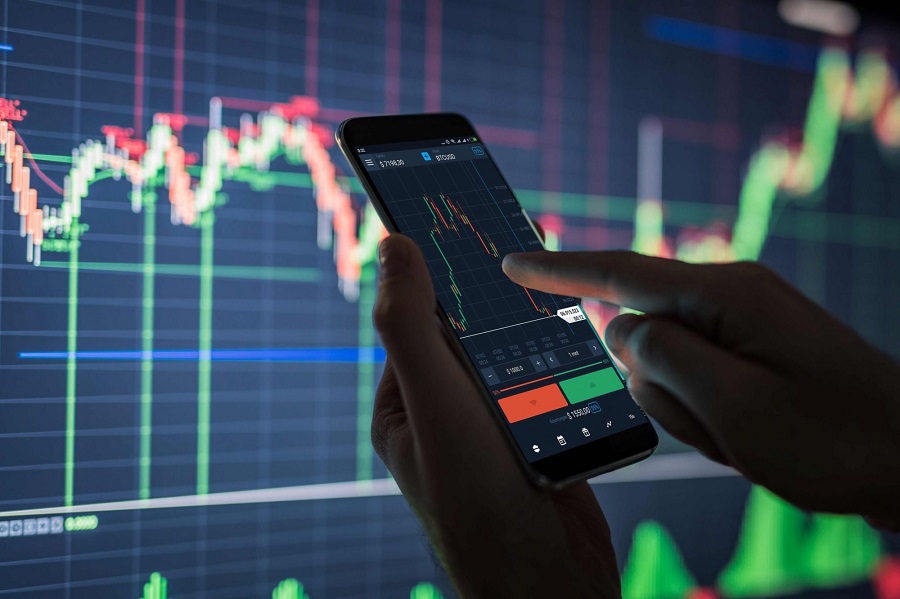
With the advancement of technology, trading platforms have evolved significantly over the years. What was once exclusive to the hustle and bustle of Wall Street can now be accessed from the comfort of your own home or even on the go through your fingertips. This transformation has democratized trading, allowing individuals from all walks of life to participate in the financial markets. Let's explore the journey of trading platforms from their origins to their modern-day accessibility.
Origins of Trading Platforms
Traditional Trading
In the early days of trading, investors had to physically visit stock exchanges to buy or sell securities. This process was time-consuming and limited to a select group of individuals with the resources to access these exchanges. The rise of electronic trading in the 1970s revolutionized the way trades were executed.
Online Trading Platforms
The advent of the internet in the 1990s paved the way for online trading platforms. These platforms allowed investors to trade securities electronically through a computer or a phone line. This marked a significant shift towards more accessible and convenient trading methods.
The Modern Trading Landscape
Mobile Trading Apps
Today, trading platforms have evolved to offer mobile applications that enable users to trade on the go. These apps provide real-time market data, trading tools, and the ability to execute trades at the touch of a button. Mobile trading has made it easier for individuals to stay connected to the markets wherever they are.
Robo-Advisors
Robo-advisors are another innovation in the trading landscape. These automated platforms use algorithms to create and manage investment portfolios based on the user's financial goals and risk tolerance. Robo-advisors have made investing more accessible to beginners and those looking for a hands-off approach to managing their investments.
Key Features of Modern Trading Platforms
- Real-time Market Data: Access to up-to-date information on stock prices, market trends, and news that can impact trading decisions.
- Advanced Charting Tools: Graphical representations of stock performance and technical indicators to help users analyze market trends.
- Customizable Alerts: Notifications for price movements, news updates, and other events that users want to track.
- Trading Options: Ability to trade a variety of securities, including stocks, options, futures, and cryptocurrencies.
- Social Trading: Platforms that allow users to follow and copy the trades of successful investors.
The Future of Trading Platforms
As technology continues to advance, the future of trading platforms looks promising. Here are some potential developments that we may see in the coming years:
Artificial Intelligence and Machine Learning
Integration of AI and machine learning algorithms to provide personalized investment recommendations and optimize trading strategies.
Blockchain Technology
Implementation of blockchain technology to enhance security, transparency, and efficiency in trade settlements.
Virtual Reality Trading
Possibility of virtual reality trading platforms that offer immersive trading experiences and simulations.
Conclusion
The evolution of trading platforms from the confines of Wall Street to the convenience of your fingertips has transformed the way individuals participate in the financial markets. With advancements in technology, trading has become more accessible, efficient, and user-friendly than ever before. The future holds even more exciting possibilities for trading platforms as innovation continues to drive the industry forward.